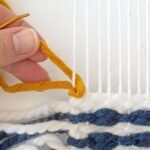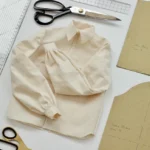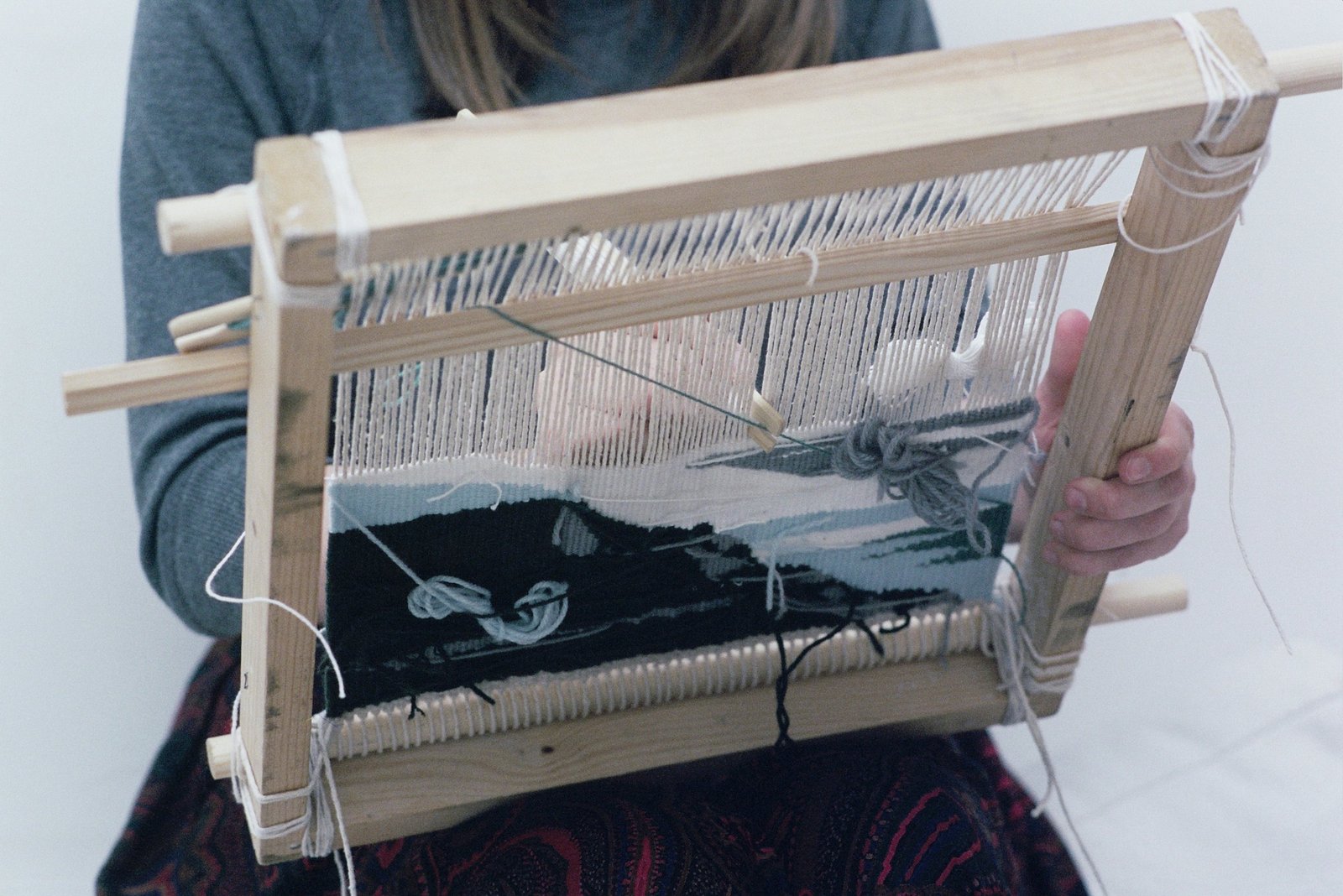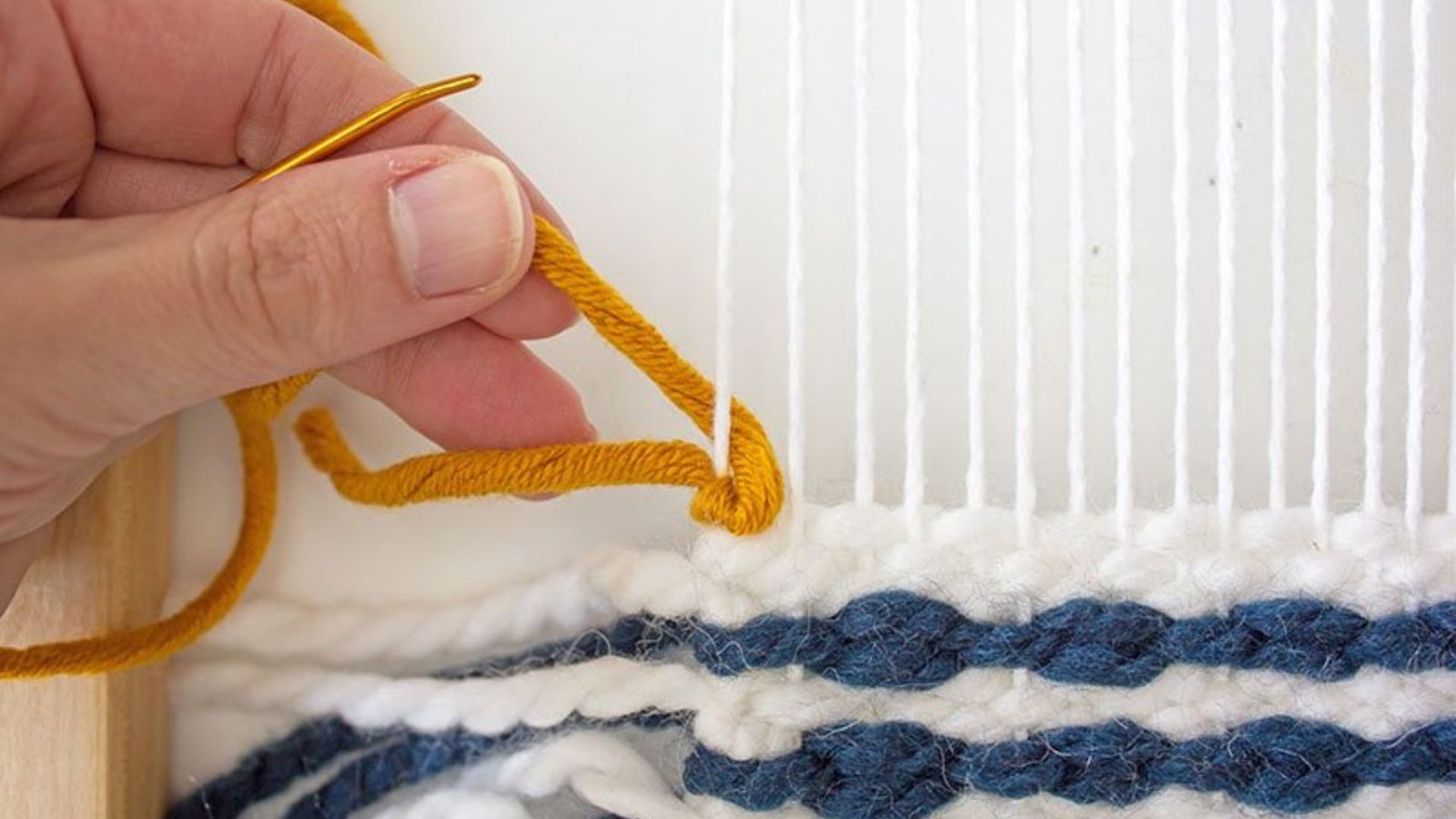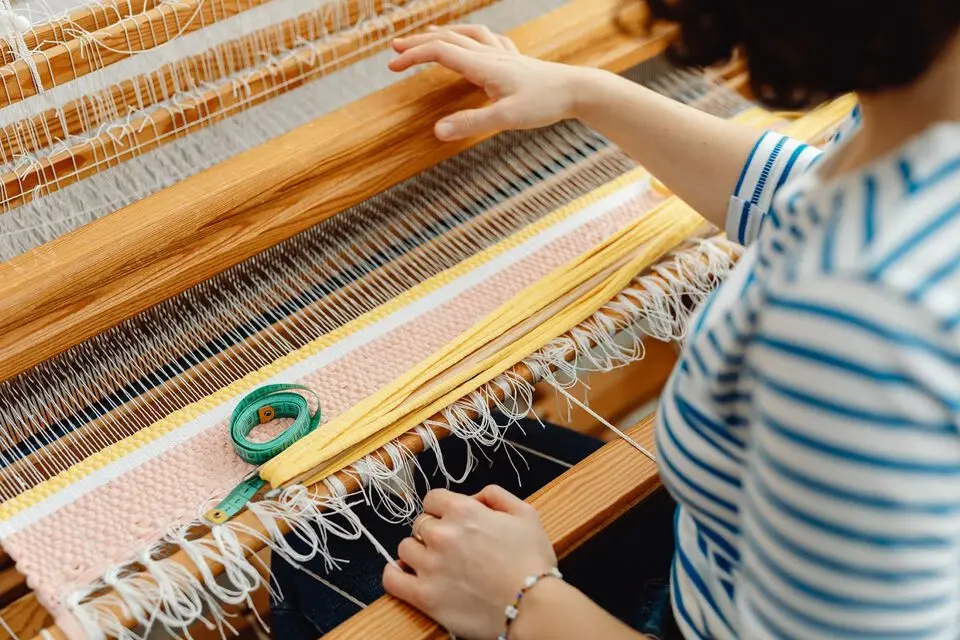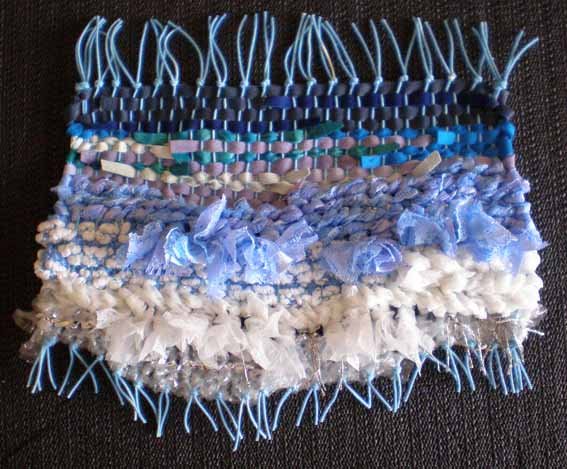Weaving is a rewarding and creative hobby that combines craftsmanship with artistic expression. Whether you’re drawn to its historical roots or simply enjoy the tactile process of creating fabric, starting weaving can be a fulfilling journey. This guide provides an overview of what you need to begin weaving as a hobby, including essential tools, techniques, and tips for beginners.
Understanding Weaving Basics
What is Weaving?
Weaving is the process of interlacing two sets of threads—warp and weft—to create fabric. The warp threads run vertically on the loom, while the weft threads are woven horizontally through the warp. This basic technique forms the foundation for various weaving patterns and textiles.
Types of Weaving
There are several types of weaving techniques you can explore:
- Plain Weave: The simplest and most common type, where the weft threads alternate over and under the warp threads.
- Twill Weave: Creates a diagonal pattern by weaving the weft threads over multiple warp threads before going under.
- Satin Weave: Produces a smooth, shiny surface by weaving each weft thread over several warp threads before going under one.
Essential Tools and Supplies
Looms
Choosing the right loom is crucial for starting your weaving journey. There are various types of looms available:
- Table Looms: Compact and portable, suitable for small to medium-sized projects.
- Floor Looms: Larger and more complex, ideal for larger projects and more advanced techniques.
- Frame Looms: Simple and affordable, great for beginners and small projects.
Yarns
Selecting the right yarns depends on the type of fabric you want to create. Common yarn types include:
- Cotton: Versatile and easy to work with, suitable for a wide range of projects.
- Wool: Adds warmth and elasticity, ideal for scarves, blankets, and rugs.
- Acrylic: Affordable and durable, good for beginners and various projects.
Other Supplies
In addition to a loom and yarn, you’ll need:
- Shuttle: Used to carry the weft thread through the warp.
- Heddles: Devices that lift and lower warp threads to create the shed (the space through which the weft passes).
- Reed: A tool that keeps the warp threads evenly spaced.
Learning Weaving Techniques
Starting with Simple Projects
Begin with simple projects to familiarize yourself with basic weaving techniques. Consider starting with:
- Placemats: Easy to make and practical for everyday use.
- Scarves: A small project that allows you to experiment with different patterns and yarns.
- Towels: Functional items that are useful and offer a chance to practice different weaving techniques.
Following Tutorials and Classes
To build your skills, follow tutorials and attend classes. Look for:
- Online Tutorials: Many websites and YouTube channels offer free tutorials for beginners.
- Local Classes: Check community centers or craft stores for in-person classes or workshops.
- Books and Guides: There are many books available that cover basic and advanced weaving techniques.
Tips for Beginners
Start Small
Begin with small projects to build confidence and experience. Starting with simple items allows you to learn the basics without feeling overwhelmed.
Practice Regularly
Weaving is a skill that improves with practice. Dedicate regular time to your hobby to develop your technique and create more complex projects.
Experiment with Patterns
Once you’re comfortable with basic techniques, experiment with different patterns and designs. Try out various weave structures and yarns to create unique and personalized fabrics.
Join a Weaving Community
Connecting with other weavers can provide valuable support and inspiration. Join local or online weaving groups to share your work, ask questions, and learn from others.
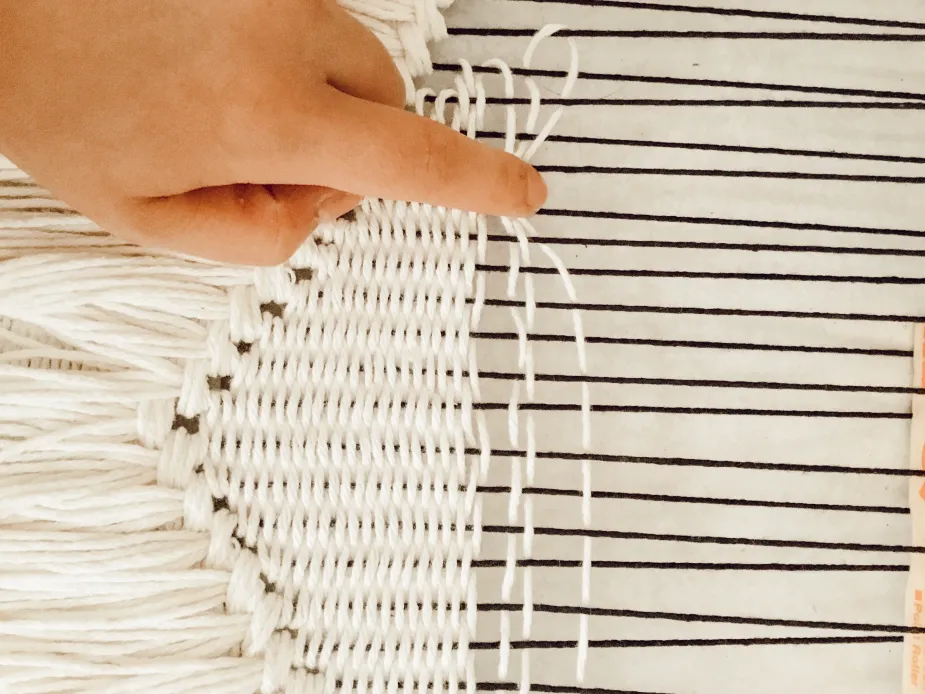
Conclusion
Starting weaving as a hobby offers a fulfilling creative outlet and a chance to produce beautiful, handcrafted textiles. By selecting the right tools, learning basic techniques, and practicing regularly, you can develop your skills and enjoy the process of creating unique woven pieces. Whether you’re making functional items or artistic expressions, weaving allows you to explore your creativity and craftsmanship.




